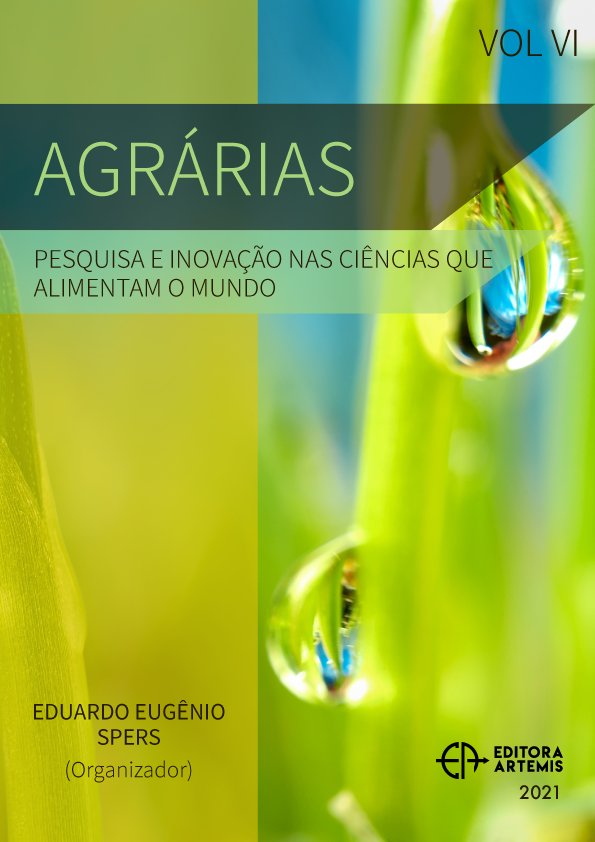
LEVANTAMENTO E CARACTERIZAÇÃO DA VINHA DE UVA DE MESA EXISTENTE NO ALGARVE - PORTUGAL
De acordo com a última edição das “Estatísticas Agrícolas” 2017 (Instituto Nacional de Estatística), a área total do cultivo da uva de mesa em Portugal era de 2039 ha, sendo que o Algarve contribuía com uma área de 310 ha. Relativamente ao comércio internacional, verificou-se que nos últimos 3 anos a importação cresceu até às 31 421 t, a que correspondeu um valor superior a 45 M€. Quanto às exportações, verificou-se um ligeiro decréscimo no último ano, cifrando-se em 6155 t, a que corresponderam cerca de 10 M€. O presente trabalho foi realizado com o objetivo de atualizar a informação sobre o cultivo da uva de mesa existente na região do Algarve. Para o efeito, produziu-se um inquérito de campo, preenchido sempre que possível, através da abordagem pessoal aos produtores de uva de mesa do Algarve. Para facilidade de exposição foram constituídas quatro zonas: 1ª Castro Marim e Vila Nova de Cacela; 2ª Arredores de Tavira até Faro; 3ª Arredores de Loulé, Algoz, Alcantarilha, Lagoa e Portimão; 4ª Arredores de Portimão até Lagos. As respostas obtidas no âmbito da caracterização das explorações permitiram conhecer vários pormenores técnicos, nomeadamente: idade das plantações, castas em produção, porta-enxertos utilizados, entre outros. Na segunda parte do inquérito foram abordados temas relacionados com o tipo das explorações, os principais problemas desta atividade agrícola e circuitos de comercialização. Foi possível concluir que a condução das plantas em bardo, continua a ser a preferida, estando presente em cerca de 80 hectares. Relativamente às cultivares da espécie V. vinifera presentes na região, a ‘Cardinal’ mantém a tradição de ser a mais representativa com cerca de 40% da área total, seguida da ‘Dona Maria’ que representa aproximadamente 26%. O maior constrangimento que os viticultores referem numa cultura “muito trabalhosa” é a falta de recursos humanos, particularmente em algumas fases da cultura.
LEVANTAMENTO E CARACTERIZAÇÃO DA VINHA DE UVA DE MESA EXISTENTE NO ALGARVE - PORTUGAL
-
DOI: 10.37572/EdArt_30042135410
-
Palavras-chave: ‘casta’, porta-enxerto, condução das plantas, viticultores, recursos humanos
-
Keywords: ‘caste’, rootstock, plant management system, vine growers, human resources
-
Abstract:
According to the latest edition of the "Agricultural Statistics" 2017 (National Statistics Institute INE), the total area of table grape cultivation in Portugal was 2039ha, and the Algarve contributed with 310ha. With regard to international trade (imports and exports), it was found that in the last three years imports increased to 31421t, corresponding to a value >45M€, in terms of exports, there was a slight decrease in the last year, in 6155t to which corresponded about 10M€. Given the need to update the information on the cultivation of table grapes in the Algarve region, the following work was requested. For that purpose, a small field survey was produced, filled through the personal approach of the table grape producers in the Algarve. For ease of presentation, four zones were defined: 1st Castro Marim and Vila Nova de Cacela; 2nd Surroundings from Tavira to Faro; 3rd Surroundings of Loulé, Algoz, Alcantarilha, Lagoa and Portimão; 4th Surroundings of Portimão to Lagos. The answers obtained as part of the characterization of the farms allowed us to know several technical details, namely: age of plantations, varieties in production, rootstocks used, and others. The second part of the survey approached issues related with the type of farms, the main problems of this agricultural activity and marketing channels. It was possible to conclude that the vertical trellis system continues to be preferred, being present in about 80 hectares. Regarding V. vinifera cultivars present in the region, 'Cardinal' maintains the tradition of being the most representative with about 40% of the total area, followed by 'Dona Maria', representing approximately 26%. The greatest constraint that vintners refer to in a "very laborious" crop is the lack of human resources, particularly at some stages of culture.
-
Número de páginas: 9
- José Fernando Prazeres

